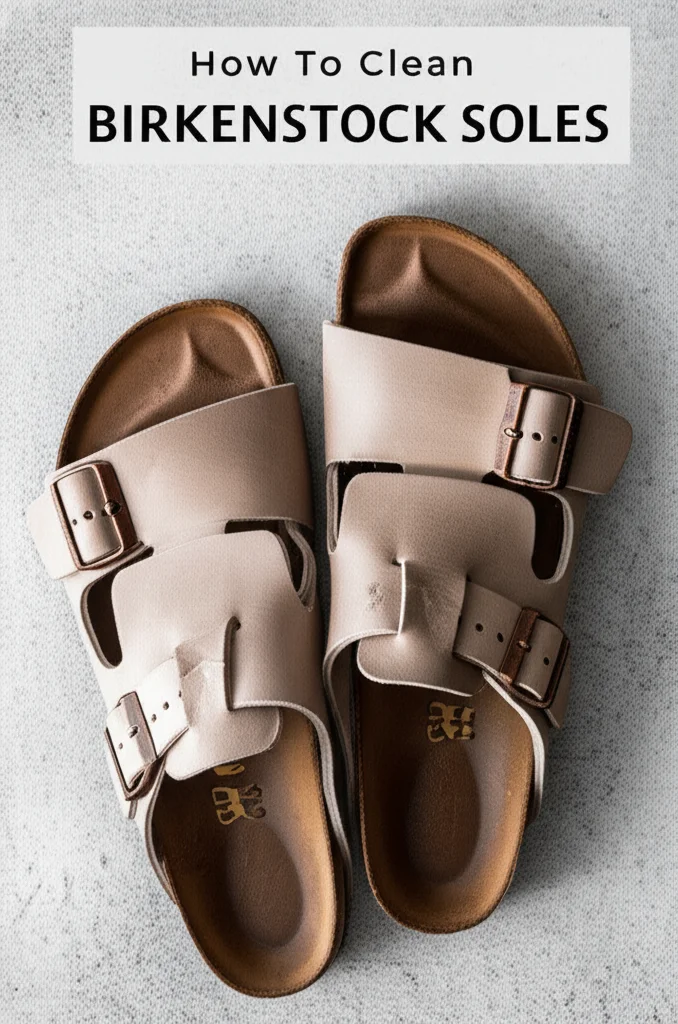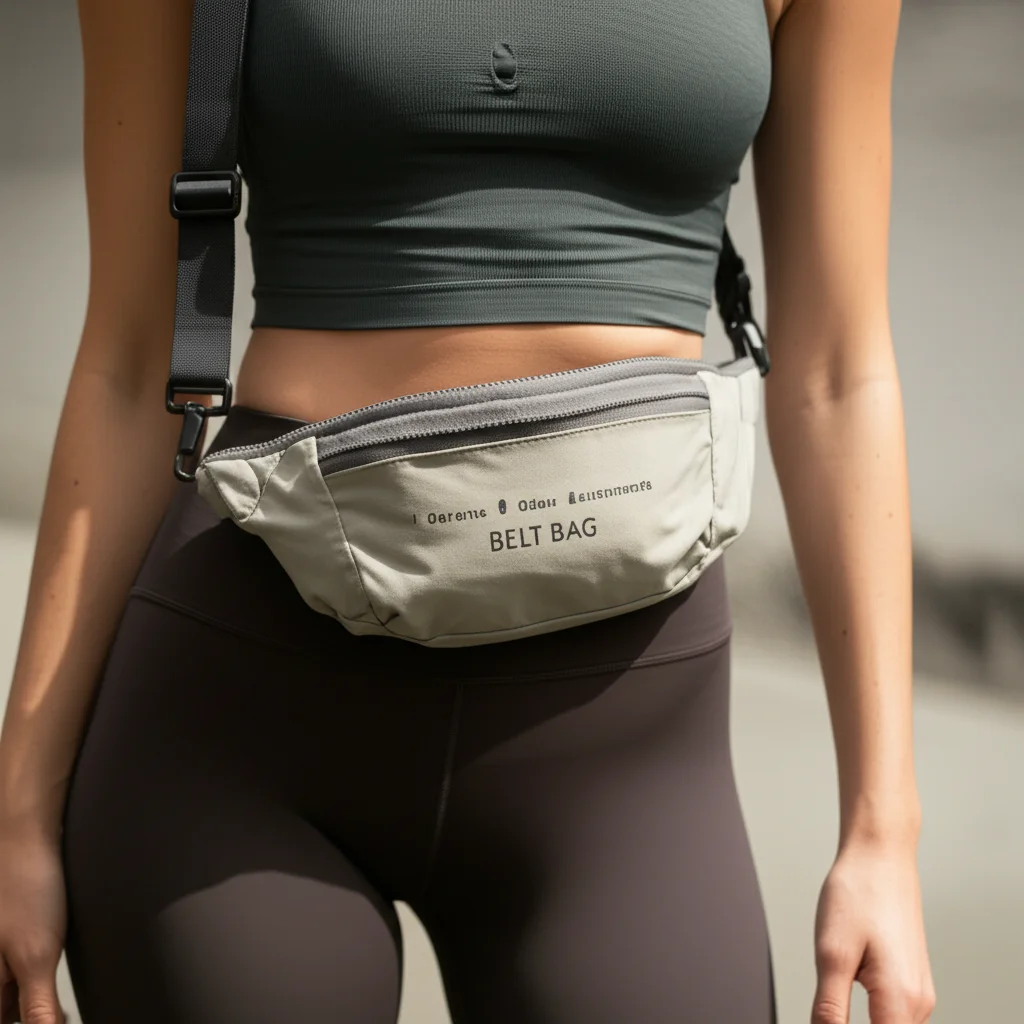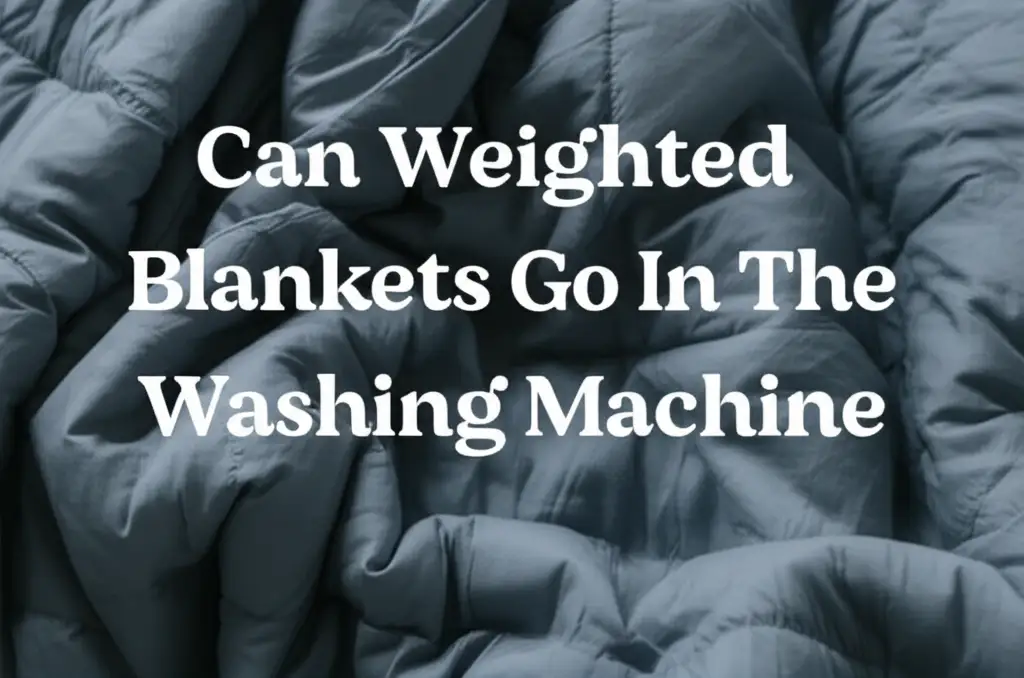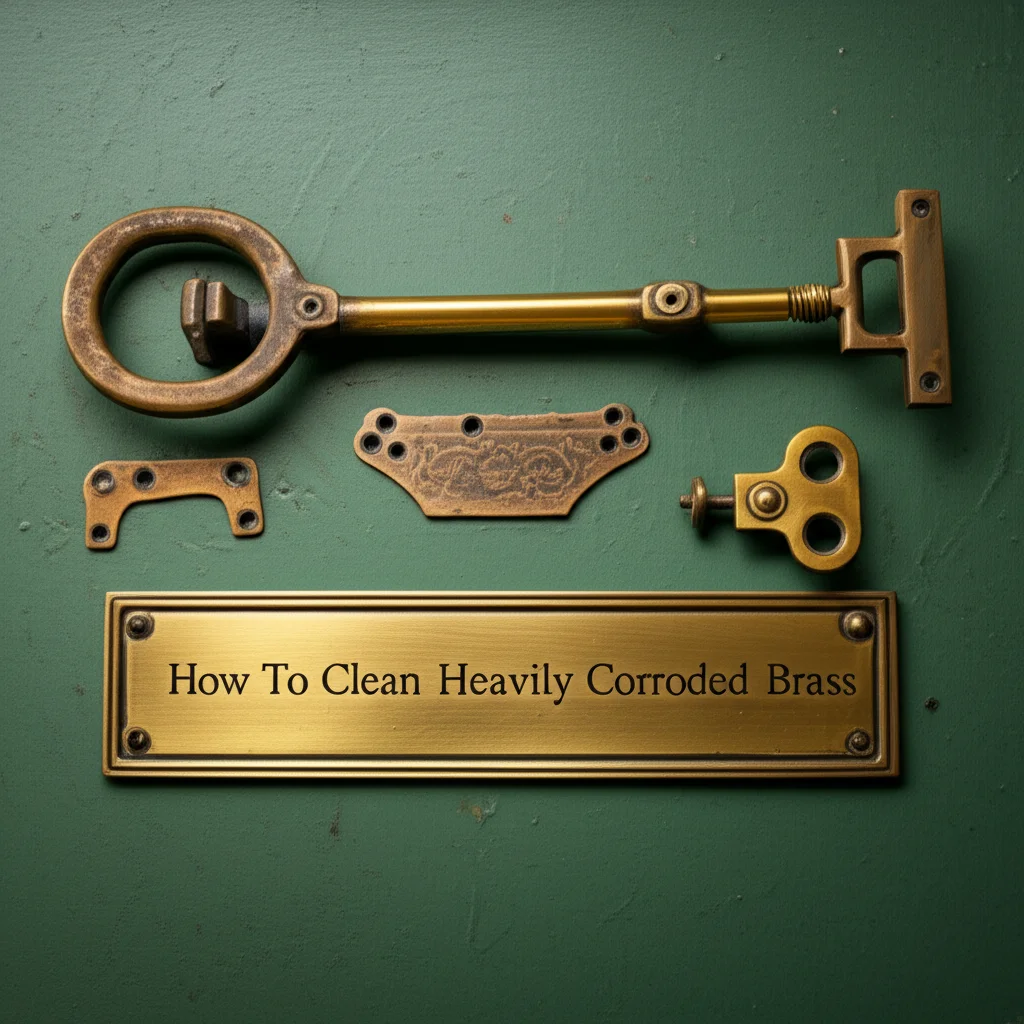· Todd Martin · Home Care · 20 min read
How To Clean Tennis Shoes In Washer
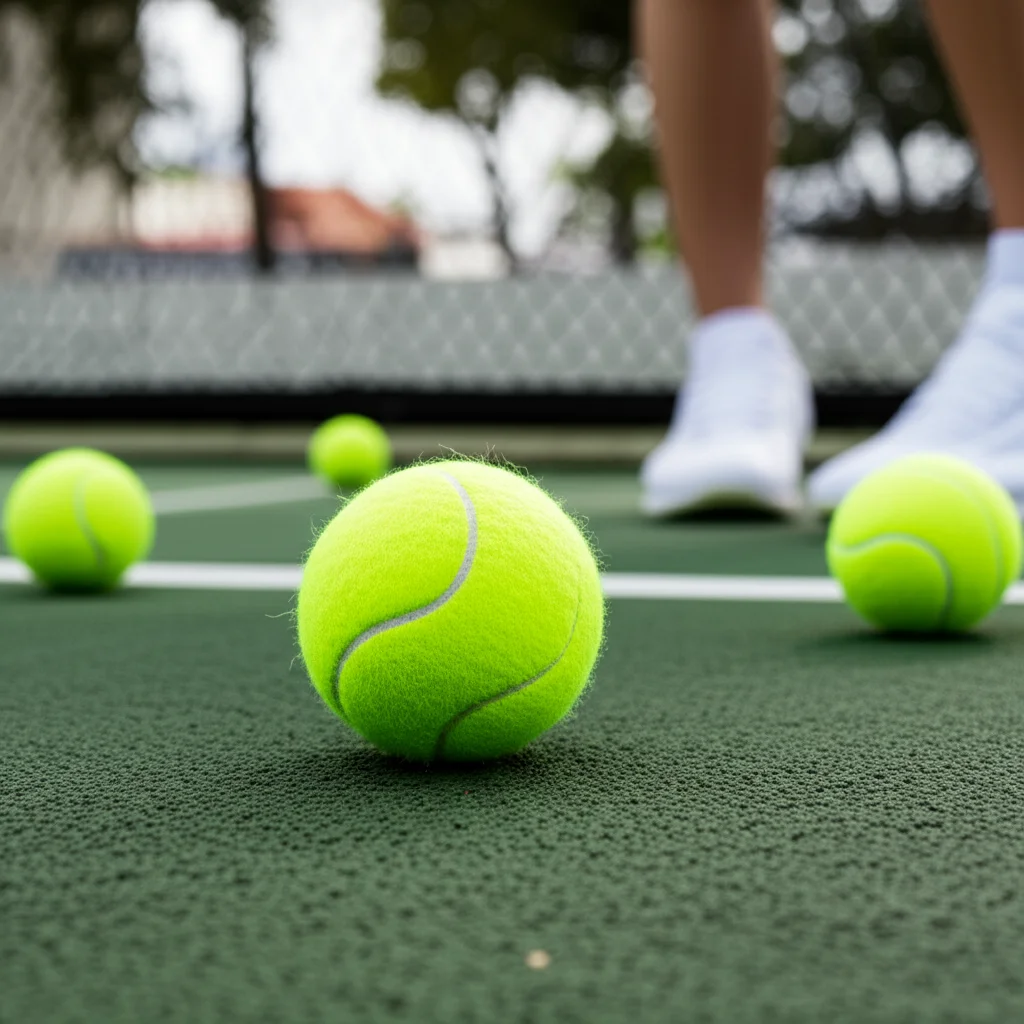
Getting Your Tennis Shoes Sparkling Clean in the Washer
Are your favorite tennis shoes looking dull, dirty, or a little worse for wear? It happens to the best of us. Active lifestyles often mean our footwear takes a beating, collecting dirt, grime, and odors. Many people wonder if it is safe to clean tennis shoes in a washer machine. The good news is that for many types of athletic footwear, the washing machine offers a convenient and effective way to restore them.
Cleaning your tennis shoes in the washer can save you time and effort compared to hand-scrubbing. It helps remove deep-seated dirt and leaves your shoes smelling fresh. This comprehensive guide will walk you through the entire process. We will cover preparing your shoes, choosing the right settings, and ensuring they dry properly. My goal is to help you achieve like-new results without damaging your beloved footwear.
Takeaway: Your Quick Guide to Washing Tennis Shoes
- Assess Materials First: Check shoe tags to ensure materials like canvas, mesh, or synthetic fabrics are machine-washable. Avoid washing leather, suede, or delicate embellishments.
- Prepare Thoroughly: Remove laces and insoles. Brush off loose dirt and pre-treat any visible stains for best results.
- Protect Your Shoes & Washer: Place shoes in a mesh laundry bag. Add old towels to the washer to balance the load and cushion your shoes during the cycle.
- Use Gentle Settings: Opt for a cold water wash and the delicate or gentle cycle. Use a mild liquid detergent.
- Air Dry Completely: Never put tennis shoes in a dryer. Always air dry them away from direct heat or sunlight to prevent shrinking, warping, or damage.
How to clean tennis shoes in a washer? You can clean tennis shoes in a washer by first removing laces and insoles, pre-treating stains, and placing them in a mesh laundry bag with old towels. Use a mild detergent, select a cold water, delicate cycle, and then air dry them thoroughly. This method removes dirt and odors effectively.
Assessing Your Tennis Shoes for Washer Safety
Before you toss your beloved athletic shoes into the washing machine, it is very important to check them for washability. Not all tennis shoes are suitable for machine washing. Certain materials can get damaged or lose their shape when exposed to water and agitation. Taking a moment to assess your shoes saves you from potential disappointment. You want your shoes to come out clean and intact, not ruined.
Most tennis shoes made from canvas, mesh, or synthetic fabrics are generally safe to wash. These materials handle water and mild detergent well. They are robust enough to withstand the gentle cycle of a washing machine. My own experience has shown me that these types of shoes respond very well to a machine wash. However, there are materials that should never go into the washer.
Materials That Are Machine-Washable
Many common tennis shoe materials tolerate machine washing well. Canvas shoes, often found in classic sneaker styles, are very durable. Mesh panels, common in running shoes, also clean up nicely. Synthetic leather or rubber components usually hold up fine too. If your shoes feel flexible and are made mostly of these fabrics, you are likely safe to proceed.
Think about the structure of the shoe. Does it feel sturdy? Is it mostly fabric? These are good signs. Always check the shoe’s care tag if you can find one. The manufacturer often provides specific cleaning instructions there. If the tag says machine washable, you are good to go.
Materials to Avoid Washing
Some tennis shoes should never enter a washing machine. Leather or suede shoes can get severely damaged by water and agitation. They may shrink, crack, or lose their natural texture. Shoes with delicate embellishments, sequins, or glued-on parts also pose a risk. These elements can come off or get ruined during the wash cycle.
Shoes with memory foam insoles might not dry properly, leading to mold or mildew. Certain specialized running shoes with complex cushioning systems might also be better off hand-cleaned. When in doubt, it is always safer to hand-clean these types of shoes. You can learn more about general shoe cleaning methods by visiting our guide on how to clean tennis shoes. If your shoes are specifically white mesh, we have a detailed guide on how to clean white mesh tennis shoes that you might find helpful.
Preparing Your Tennis Shoes for the Washing Machine
Once you confirm your tennis shoes are machine-washable, the next step is crucial preparation. Proper preparation prevents damage to your shoes and your washing machine. It also ensures the best possible cleaning results. Skipping these steps can lead to unsatisfactory outcomes. I always spend a few extra minutes on this stage to get superior cleanliness.
This preparation involves removing loose elements and dealing with stubborn dirt. It is like setting the stage for a successful cleaning performance. Each step plays a vital role in protecting your footwear and achieving a fresh, revitalized look. Do not rush through this part of the process.
Remove Laces and Insoles
Start by taking out the shoelaces and insoles. Laces can tangle around the agitator in a top-loading machine or get caught in the drum of any washer. This can cause damage to both the laces and the machine. Laces often get cleaner when washed separately anyway. You can put them in a small mesh bag or even hand wash them.
Insoles also need to come out. They hold a lot of odor and moisture. Washing them separately allows for more thorough cleaning and better drying. If your insoles are particularly smelly, consider giving them a special soak in a solution of warm water and baking soda or a deodorizing spray. For tips on dealing with persistent odors, check out our article on how to clean smelly shoes.
Brush Off Loose Dirt and Debris
Your tennis shoes likely have loose dirt, mud, or pebbles stuck to the soles and upper. Before putting them in the washer, remove as much of this as possible. Use a stiff brush or an old toothbrush to scrub off dried mud. You can even tap the shoes together over a trash can to dislodge debris. This prevents dirt from clogging your washing machine’s drain.
It also keeps the dirt from re-depositing on your shoes during the wash cycle. For shoes that are particularly muddy, you might want to rinse them first under a faucet. Getting rid of the bulk of the dirt makes the machine washing more effective. If your shoes are excessively muddy, our guide on how to clean muddy shoes offers more specific techniques for initial clean-up.
Pre-Treat Stubborn Stains
If your tennis shoes have noticeable stains, pre-treating them greatly improves the final result. Apply a small amount of laundry stain remover directly to the stain. You can also use a mixture of mild detergent and water. Gently rub the solution into the stained area with a soft brush or cloth. Let it sit for about 15-30 minutes, following the product instructions.
This step helps break down tough spots like grass stains, oil, or scuff marks. Do not let the pre-treatment dry on the shoes. Just give it enough time to work its magic. Pre-treating gives your washing machine a head start on those difficult areas. For shoes made of canvas, which often show dirt easily, you might find our specific guide on how to clean canvas shoes useful for stain removal.
Choosing the Right Detergent and Protective Measures
Once your tennis shoes are prepped, selecting the right cleaning agents and protective gear is essential. The goal is to clean effectively without damaging the shoe materials or your washing machine. Using harsh chemicals or improper protection can lead to faded colors, damaged fabrics, or even machine malfunction. I always take care to choose gentle options for my athletic footwear.
These choices ensure a safe and thorough wash. They protect your investment in your shoes and maintain the integrity of your laundry appliances. Do not overlook these simple but critical considerations. They make a big difference in the outcome.
Select a Mild Liquid Detergent
The best choice for washing tennis shoes is a mild liquid laundry detergent. Avoid powdered detergents, as they can sometimes leave a residue on fabrics, especially in cold water cycles. Harsh detergents or bleach can strip colors, weaken materials, and damage shoe adhesives. You want a gentle clean, not an aggressive one.
A small amount of detergent is usually sufficient. Overdosing on detergent can also leave residue. Look for detergents labeled “gentle” or “for delicates.” If your shoes are white, you can use a small amount of an oxygen-based brightener if desired, but skip chlorine bleach entirely. I usually use about half the amount I would for a regular laundry load.
Utilize a Mesh Laundry Bag
Placing your tennis shoes in a mesh laundry bag is a vital protective measure. This bag keeps the shoes contained during the wash cycle. It prevents them from tumbling too harshly against the machine’s drum. This minimizes scuffing and keeps laces (if you chose to wash them with the shoes) from tangling.
I personally use a large garment bag for one or two pairs of shoes. You can often find these bags in the laundry aisle of any store. The mesh allows water and detergent to penetrate and clean the shoes effectively while providing a protective barrier. This small step goes a long way in preserving your shoes’ condition.
Add Old Towels for Cushioning
To further protect your tennis shoes and your washing machine, add a few old towels to the wash load. These towels act as a buffer. They cushion the shoes, preventing them from banging loudly against the washer drum during agitation and spin cycles. This reduces noise and potential damage to both the shoes and the machine.
The towels also help balance the load in the washer. An unbalanced load can cause the machine to shake excessively and may even lead to error codes. Use old, dark-colored towels to avoid color transfer to your shoes, especially if your shoes are light-colored. Three to four medium-sized towels usually work perfectly to provide adequate cushioning.
Setting Your Washer for Optimal Tennis Shoe Cleaning
Choosing the correct washing machine settings is just as important as the preparation steps. Incorrect settings can cause damage to your shoes, leading to shrinkage, warping, or adhesive failure. The right settings ensure a thorough yet gentle clean, prolonging the life of your athletic footwear. I always double-check these settings before starting the cycle.
This section covers water temperature, cycle selection, and spin speed. Pay close attention to these details. They are key to a successful machine wash for your tennis shoes. Getting these settings right makes all the difference in the final outcome.
Choose Cold Water Temperature
Always opt for cold water when washing tennis shoes. Hot water can cause several problems. It can melt or warp the glues and adhesives that hold your shoes together. Hot water can also cause colors to fade or bleed. Synthetic materials might shrink or distort at high temperatures.
Cold water effectively cleans dirt and grime without these risks. It is gentle on fabrics and preserves the structural integrity of your shoes. Cold water also uses less energy, making it an eco-friendly choice. So, set your washing machine to the “cold” or “tap cold” setting.
Select the Delicate or Gentle Cycle
The delicate or gentle cycle is the best choice for washing tennis shoes. These cycles use slower agitation and a milder spin. This minimizes stress on the shoe materials and stitching. Harsh cycles like “heavy duty” or “normal” can be too aggressive. They might cause shoes to bang around excessively, leading to damage.
Some washing machines have a specific “hand wash” or “bulky items” cycle, which can also work. The main goal is to reduce the amount of force applied to the shoes. This gentler approach helps preserve the shape and condition of your shoes. This is a critical step in keeping your shoes looking good.
Consider Spin Speed and Washer Type
Most delicate cycles automatically set a lower spin speed, which is ideal. A high spin speed can cause excessive vibration and potentially damage the shoes or the machine. If your machine allows manual adjustment, select a low spin speed. This helps remove excess water without putting undue stress on the shoes.
The type of washing machine you have also matters.
- Front-loading washers are generally better for washing shoes. They use a tumbling action that is gentler on items.
- Top-loading washers with an agitator can be harsher. The agitator can tangle laces or put more stress on the shoes. If you have a top-loader with an agitator, ensure you use the mesh bag and plenty of towels. This helps cushion the shoes and prevents them from getting caught. You can find more general guidance on cleaning shoes in any type of washer in our comprehensive article on how to clean shoes in the washer.
The Washing Process: Running the Cycle
With your tennis shoes prepped and your washing machine settings dialed in, you are ready to start the cleaning cycle. This is where all your careful preparation comes together. Running the machine correctly ensures a smooth and effective wash. I always feel a sense of satisfaction when I hear the gentle hum of the washer doing its work.
This step is straightforward once all the previous preparations are complete. It is important to load the machine properly. Then, simply let the washer do its job. Your shoes are on their way to becoming clean and fresh.
Loading Your Washing Machine
Carefully place your mesh laundry bag containing the tennis shoes into the washing machine drum. If you are washing multiple pairs, ensure they fit comfortably without overcrowding the bag or the washer. Overcrowding can prevent proper cleaning and may strain the machine.
Next, add your old towels around the shoes. Distribute them evenly in the drum. This helps balance the load and provides the cushioning needed to prevent your shoes from banging around during the wash. A balanced load also helps your washing machine run more efficiently.
Adding Detergent and Starting the Cycle
Add your chosen mild liquid detergent to the detergent dispenser. Remember, a small amount is sufficient. Do not overfill the dispenser. If your machine has a fabric softener dispenser, leave it empty. Fabric softener can leave a residue on athletic shoes and affect their performance or breathability.
Close the washing machine door or lid. Select the cold water temperature and the delicate or gentle cycle, as previously discussed. Double-check all your settings to make sure they are correct. Then, press the start button to begin the wash cycle. The machine will now work its magic, gently cleaning your tennis shoes.
What to Expect During the Wash
During the cycle, you will hear the normal sounds of your washing machine. You might hear the shoes and towels tumbling, but the cushioning should prevent excessive banging. The delicate cycle is designed to be gentler, so the agitation will be less vigorous than a standard wash.
The cycle typically lasts between 30 to 60 minutes, depending on your washing machine model and chosen settings. Once the cycle finishes, the machine will usually signal its completion. Do not leave the wet shoes in the washer for too long. Promptly remove them to prepare for drying. Leaving them in a damp environment can lead to mildew or unpleasant odors.
Drying Your Tennis Shoes Safely After Washing
Washing your tennis shoes is only half the battle; proper drying is equally important. This step is critical to prevent damage, shrinking, or the growth of mildew. Air drying is the safest and most recommended method. Avoid using a clothes dryer at all costs, as the high heat can ruin your shoes. I learned this the hard way with a favorite pair years ago.
Taking the time to dry your shoes correctly ensures they maintain their shape and integrity. It also prevents any lingering dampness that can lead to foul odors. This final step completes the cleaning process, leaving your shoes ready to wear.
Why Air Drying is Crucial
Air drying is the only safe method for drying tennis shoes after washing. High heat from a clothes dryer can cause several problems:
- Shrinkage and Warping: Synthetic materials and rubber can shrink or warp, changing the shoe’s fit and comfort.
- Adhesive Breakdown: The heat can melt or weaken the glues holding your shoes together, causing parts to separate.
- Damage to Cushioning: Specialized foams and cushioning in athletic shoes can degrade with high heat exposure.
- Odor Trapping: While it seems counter-intuitive, high heat can sometimes bake in odors or create new, unpleasant smells.
Always resist the urge to use a machine dryer for your tennis shoes. Patience is key when it comes to drying them.
Best Practices for Air Drying
Once the wash cycle is complete, immediately remove your tennis shoes from the washing machine. Take them out of the mesh laundry bag.
- Remove Excess Water: Gently squeeze any excess water from the shoes, especially from padded areas. Do not wring them aggressively, as this can distort their shape.
- Stuff with Paper Towels or Newspaper: Loosely stuff the inside of each shoe with clean paper towels or crumpled newspaper. This helps absorb moisture from the inside out. It also helps the shoes retain their original shape as they dry. Change the paper every few hours if it becomes saturated.
- Find a Well-Ventilated Spot: Place the shoes in a well-ventilated area. A spot indoors with good airflow is ideal. You can put them on a shoe rack, hang them by the laces (if you reinserted them loosely), or place them on a drying rack.
- Avoid Direct Heat and Sunlight: Do not place shoes in direct sunlight, on a radiator, or near a heating vent. While this seems faster, it can still cause material breakdown or fading. Indirect air circulation is best.
Drying Time Expectations
The drying time for tennis shoes can vary. Factors include the shoe material, the amount of moisture retained, and the ambient humidity and temperature. Generally, most tennis shoes will take between 12 to 24 hours to air dry completely. Thicker shoes or those with more padding may take longer.
It is crucial that your shoes are completely dry before you wear them or store them. Putting on damp shoes can lead to discomfort, blisters, and the rapid return of bad odors due to bacteria growth. Give them plenty of time. My advice is to leave them for a full 24 hours just to be safe.
Maintaining Clean Tennis Shoes Post-Wash
Washing your tennis shoes gives them a fresh start, but maintaining that cleanliness is an ongoing process. Regular care helps extend the life of your shoes and keeps them looking great between deeper cleans. A little effort each week can make a big difference. I have found that consistent maintenance keeps my shoes in top condition much longer.
This section provides practical tips for daily and weekly care. These habits prevent dirt from building up and odors from settling in. Think of it as a proactive approach to shoe hygiene.
Regular Spot Cleaning
Daily wear means daily accumulation of minor scuffs and dirt. Do not wait for your shoes to become heavily soiled before cleaning them.
- Wipe Down After Each Use: After wearing your tennis shoes, quickly wipe down any visible dirt or marks with a damp cloth. This prevents dirt from setting into the fabric.
- Targeted Stain Removal: If you notice a small stain, treat it immediately. A mixture of mild soap and water applied with an old toothbrush can work wonders on fresh spots. Gently scrub the area, then wipe clean with a damp cloth. This simple step prevents small problems from becoming big ones.
Using Shoe Sprays for Odor and Protection
Shoe sprays can be a game-changer for cleanliness and longevity.
- Deodorizing Sprays: To combat odors, especially after intense workouts, use an athletic shoe deodorizer. Spray the inside of your shoes after each use. This helps neutralize bacteria that cause smells. Many sprays contain antimicrobial agents that keep your shoes fresh. Our article on how to clean smelly shoes offers more comprehensive solutions for shoe odor.
- Protective Sprays: Consider using a fabric protector spray, especially for new shoes or after a deep wash. These sprays create a barrier that repels water and stains. This makes future cleaning easier and helps your shoes resist dirt. Ensure the spray is suitable for your shoe material.
Proper Storage Between Wears
How you store your tennis shoes also impacts their cleanliness and lifespan.
- Allow Air Circulation: Do not stash damp or sweaty shoes in a dark, airtight closet immediately after wearing them. Allow them to air out in a well-ventilated area for a few hours. This helps dry out internal moisture and prevents mold and mildew.
- Keep Them Dry: Store shoes in a cool, dry place. Avoid storing them in damp basements or humid environments. Moisture encourages bacterial growth and can damage materials.
- Use Shoe Trees (Optional): For highly structured tennis shoes, shoe trees can help maintain their shape when not in use. This is particularly helpful for preventing creases in the toe box.
- Clean Shoe Environment: Keep your shoe storage area clean. Dust and dirt from other items can settle on your freshly cleaned shoes. For more general advice on keeping all your footwear pristine, refer to our guide on how to keep shoes clean.
Frequently Asked Questions
Can I wash all tennis shoes in the washer?
No, not all tennis shoes are suitable for machine washing. You should avoid washing shoes made from leather, suede, or those with delicate embellishments. These materials can get damaged by water and agitation. Always check the shoe’s care tag or err on the side of caution with hand-cleaning for sensitive materials.
What detergent should I use for washing tennis shoes?
You should use a mild liquid laundry detergent. Avoid powdered detergents, as they may leave residue. Do not use harsh chemicals or bleach, as these can damage shoe materials, colors, and adhesives. A small amount of gentle, liquid detergent is usually sufficient for a thorough clean.
How long do tennis shoes take to dry after washing?
Tennis shoes typically take 12 to 24 hours to air dry completely after washing. This time can vary based on the shoe’s material, its thickness, and the ambient humidity. It is crucial to ensure shoes are completely dry before wearing them again to prevent odors and maintain their integrity.
Can I put white tennis shoes in the washer?
Yes, most white tennis shoes made of canvas, mesh, or synthetic materials can be safely washed in the machine. Follow all the recommended steps for preparation, cold water, and a delicate cycle. For extra brightening, you can add a small amount of oxygen-based whitener, but avoid chlorine bleach.
How often should I clean my tennis shoes?
The frequency depends on how often you wear them and how dirty they get. For light wear, a full machine wash every few months might be enough. For active use or if they get muddy often, you might wash them every few weeks. Regular spot cleaning and airing them out after each use helps extend the time between deep washes.
Conclusion
Cleaning your tennis shoes in the washer is a straightforward and effective way to refresh your favorite pair. You can achieve fantastic results by following a few simple yet crucial steps. This includes proper preparation like removing laces and insoles, pre-treating stains, and using a protective mesh bag. Choosing the right settings—cold water and a delicate cycle—is also key to preserving your shoes.
Remember to always air dry your shoes completely to avoid damage. Never put them in a machine dryer. With these techniques, your tennis shoes will look cleaner and last longer. You can step out confidently, knowing your footwear is fresh and well-maintained. Give your shoes the care they deserve, and they will keep supporting your adventures for many miles to come.


